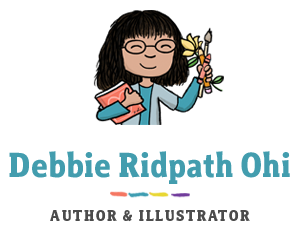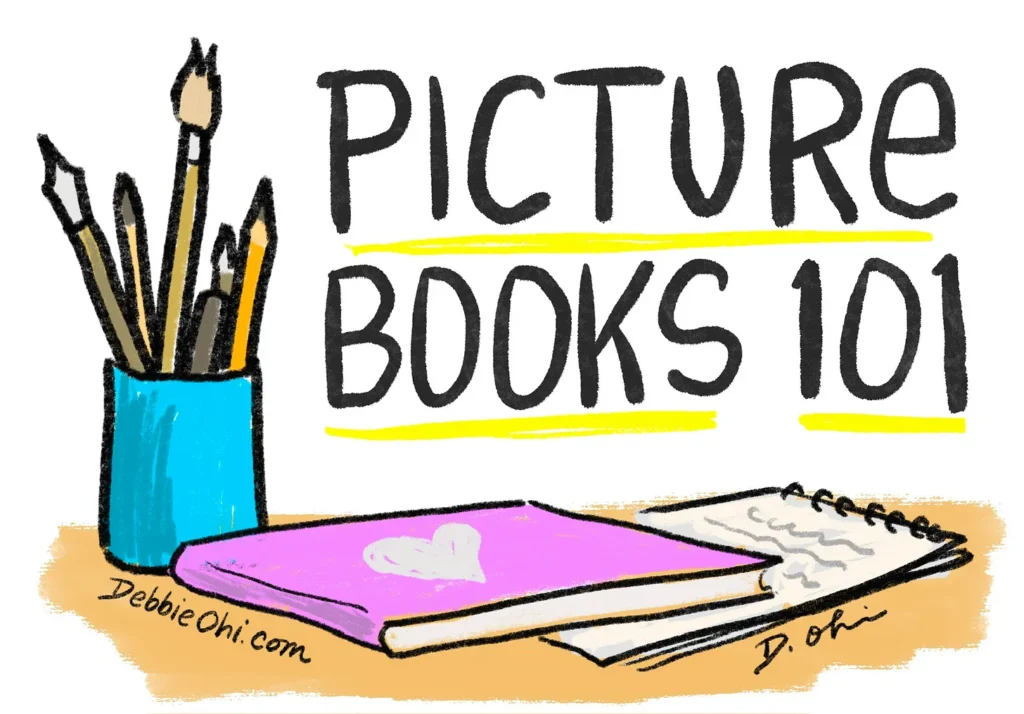
Welcome to my Picture Books 101 post series, in which I talk about the basics of writing and illustrating picture books for young readers. This series is part of my Creating Picture Books resource.
I began this series over on Substack, but have decided to post updated versions here on my own website. Please note that my experience is entirely with traditional trade publishing houses, not self-publishing. I’ve been creating picture books since 2010, working with publishers like Simon & Schuster, Random House, and HarperCollins. In my Picture Books 101 series, I’ll be sharing what I’ve learned about the craft and business, especially advice I would give my younger self.
My Top Tips For Getting Started
Before you start querying and submitting, I strongly advise familiarizing yourself with the basics.
READ. Read widely and voraciously, especially in the genre you hope to write or illustrate. I come across far too many hopeful picture book writers and illustrators who are only familiar with books from their childhood and aren’t familiar with what is being published now. That’s not to say that you should avoid the classics! If one of your goals is to be published by one of the traditional publishing houses (rather than self-publishing), be aware that what was published back when you were growing up does not necessarily reflect what publishers are looking for now.
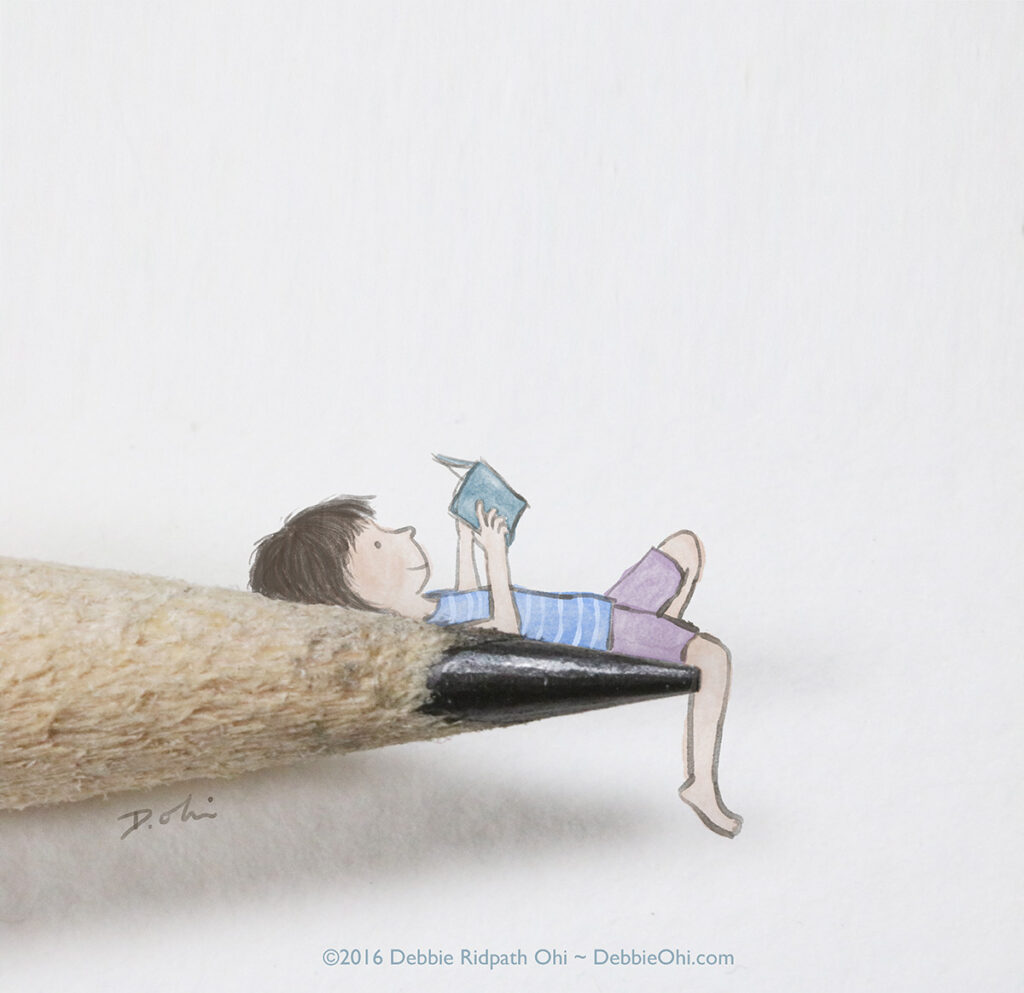
THERE IS A TON OF INFO ALREADY AVAILABLE ONLINE. Don’t be lazy. When I started (yes, I am Old), I went to the library to look up info. There was no World Wide Web. It drives me a wee bit crazy when strangers email me and say stuff like, “I’m thinking about writing children’s books. Could you point me in the right direction?” because it means they either haven’t bothered to do any research on their own or what they’re really asking me is, “Would you help me get published?”
Nowadays, SO much information about the craft and business is available online. I recommend joining organizations like SCBWI and CANSCAIP (Canada), where you’ll not only be able to find a wealth of resources (especially check out SCBWI’s The Book: The Essential Guide To Publishing For Children) but also find opportunities to meet others in the community.
However, I understand it can get overwhelming. Hence, my Picture Books 101 blog series. My goal is to convey what I’ve learned over the years in condensed nuggets, based on my own experience and the questions I tend to get asked the most often.
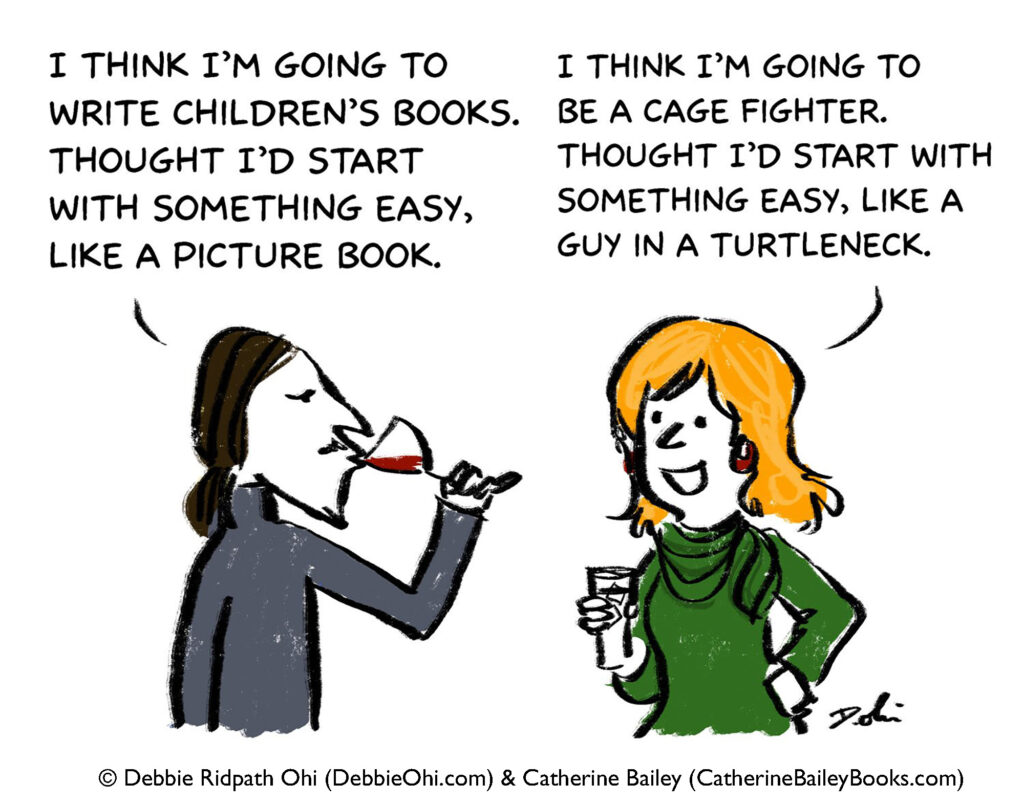
REMEMBER THAT KIDS ARE SMART. One of the most common mistakes I’ve seen in picture book manuscripts from beginning writers: having a story that is overly message-y, pushing a lesson that the author or author-illustrator wants young readers to learn. If a young reader senses that they are being lectured to, they are less likely to be interested. This means that parents, guardians and educators are less likely to buy the book. Which means that editors are less likely to want to acquire your story.
JUST BECAUSE YOUR GRANDKIDS / NEIGHBOR’S CHILDREN / STUDENTS LOVE YOUR STORY DOESN’T MEAN IT’S READY TO SEND OUT TO PUBLISHERS. Again…if you’re self-publishing, then you may or may not hope to have a wider audience beyond your immediate circle of supportive friends and family. If you are planning to self-publish AND hope to have your book be commercially successful, however, this advice still applies.
For a publisher to want to invest money, your book needs to be as polished as possible and have a reasonable chance of appealing to book buyers. Again, read lots of picture books, especially ones that have been published in the past five years. Your story about a child who doesn’t fit in at school but learns to embrace their differences may have a great underlying message BUT you need to find a way to make yours stand out from the hundreds of other picture books with a similar message.
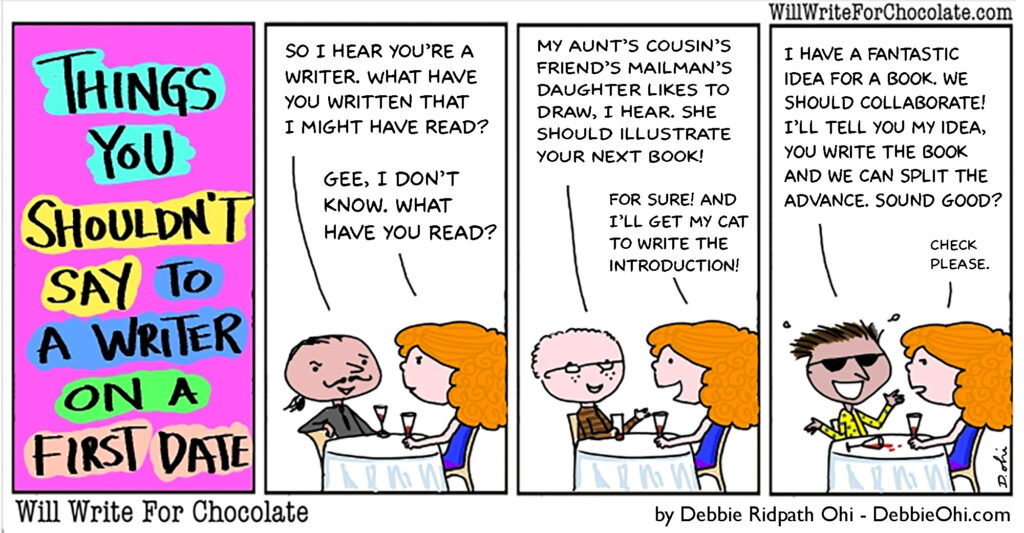
ILLUSTRATORS: Be aware that there are many talented illustrators out there who want to illustrate children’s books. To help your portfolio stand out, I strongly recommend spending time honing your craft, finding out what art directors and editors are looking for, familiarizing yourself with the basics of illustrating books for young people. I’ll be covering some of these topics (page turns, pacing, portfolio tips, etc) in future Picture Books 101 posts.
DON’T ASSUME THAT SHORT = EASY. So many people think that short = easy, especially when it comes to picture books. And while yes, while it’s easy to crank out a picture book manuscript in terms of word count, writing a picture book story that a publisher will want to acquire is an entirely different animal. At this point, I can imagine many of you leaping up and saying, “You shouldn’t worry about the market! Just write the story that you were meant to write!” I partly agree. However, if your goal is to be published by a traditional publishing house, then I strongly advise you to go to the local children’s bookstore and library; I guarantee you will save yourself much heartache and wasted effort. Familiarise yourself with what’s being published. Let yourself fall in love with some of these picture books and then ask why you enjoy them. Yes, I know I already mentioned reading picture books at the beginning of the post. READ LOTS OF PICTURE BOOKS.
CONNECT WITH THE COMMUNITY. Writing and illustrating are solitary activities, but trying to get published does not have to be. I wish someone had told me this when I first started. Be sure to seek out fellow kidlit creators in your local community. The SCBWI has regional chapters worldwide, and Canadians should also check out CANSCAIP. I received my first children’s picture book contract when my editor at Simon & Schuster came across my work at an SCBWI Summer Conference.
DEVELOP A THICK SKIN, BE OPEN TO CRITICISM. So much about publishing industry success has to do with intelligent perseverance. You will encounter many forms of criticism during your career, before and after publication (including critiquing, reviews, solicited and unsolicited feedback, etc.). There may be times when you feel overlooked and ignored. Developing a thick skin early on and learning how to cope will help you weather the ups and downs of the publishing industry and help you focus on your long-term goals.
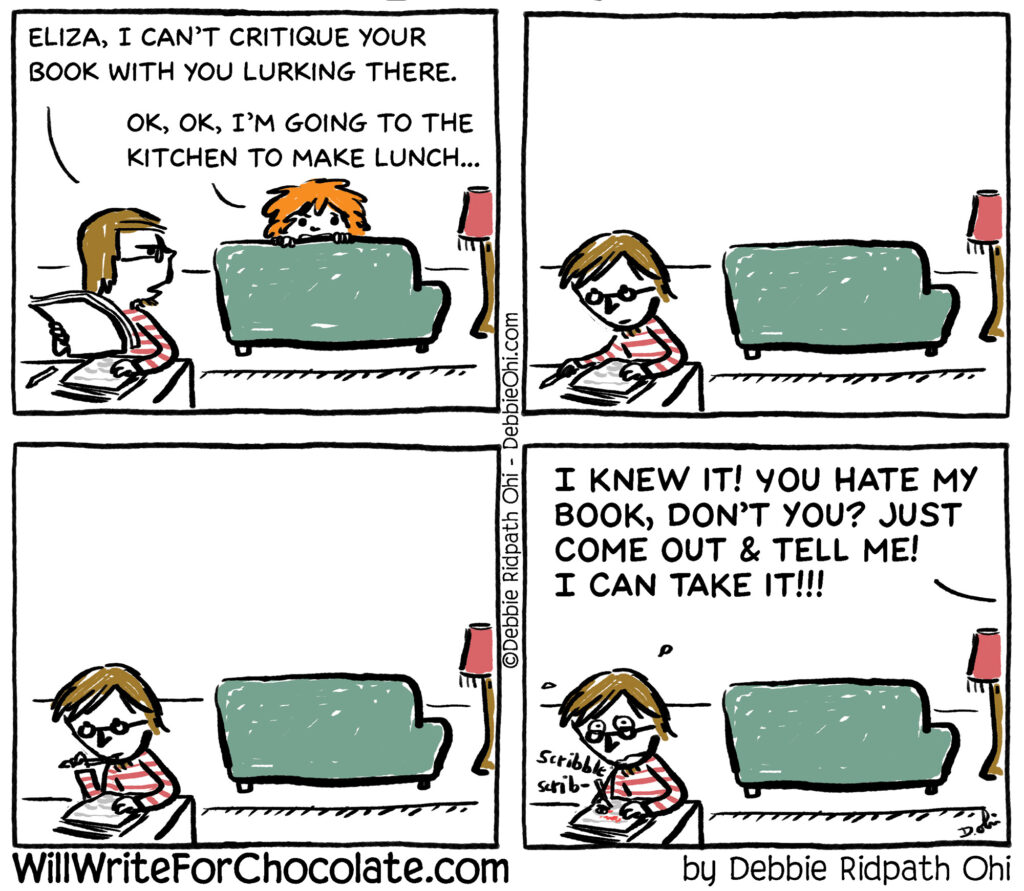
Next instalment: Developing an illustration style and gaining confidence as an artist.

